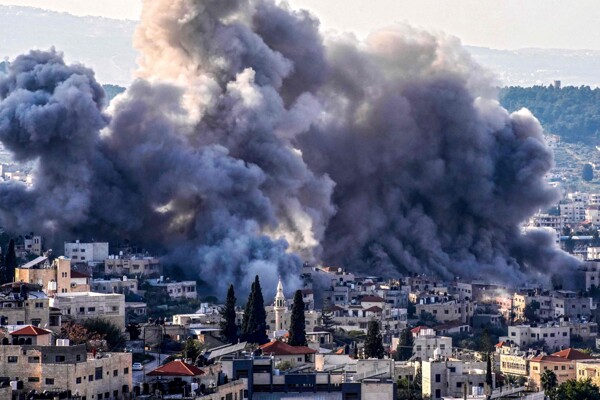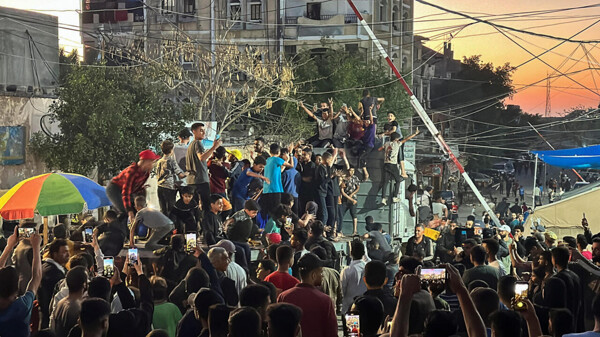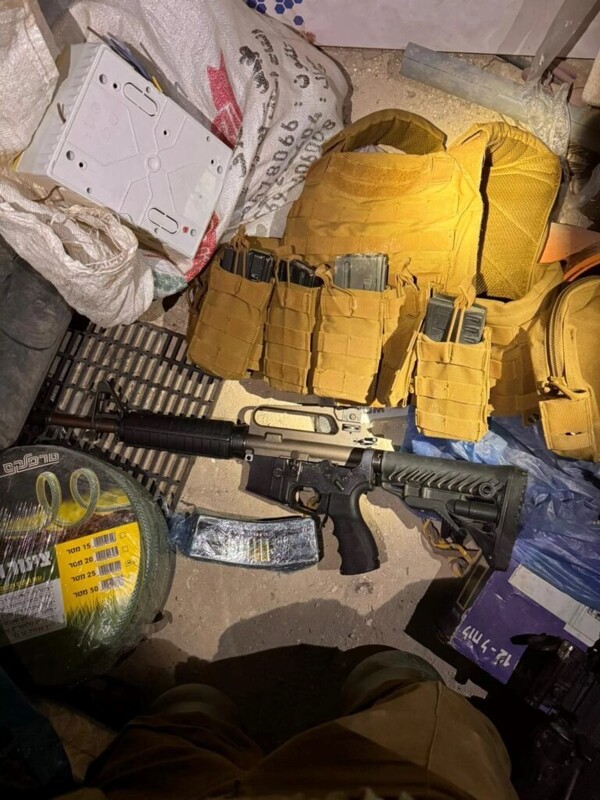
The release of Israeli hostages by Hamas took place as part of the fourth exchange facilitated by the ceasefire in Gaza. The Israeli army confirmed that Yarden Bibas, 35 years old, and Ofer Kalderon, 54, were handed over to the Red Cross in Khan Yunis, in southern Gaza. Hamas released three Israeli hostages in this context.
Gal Hirsch, Israeli coordinator for hostages, stated: "We continue to demand information about their status." The family had been kidnapped in the kibbutz Nir Oz, and the image of the red-haired children became a symbol of the suffering of the captives in Gaza.
The release coincided with the visit to Israel by Argentine Chancellor Gerardo Werthein, who will meet with the families of the nine Argentine-Israeli citizens who remain kidnapped. In the same exchange, Ofer Kalderon was also released, who had been kidnapped along with his children Erez and Sahar, aged 12 and 16.
Since the Hamas attack on October 7, which left 1,210 dead in Israel, the Islamist group has held 251 hostages, of which 76 are still captive. In the ceasefire that began on January 19, Hamas has released 18 hostages, including Israeli and Thai citizens, in exchange for 400 Palestinian prisoners.
Despite the release of Yarden Bibas, his wife Shiri, and his children Kfir and Ariel remain missing. In other news, the Rafah border crossing between Gaza and Egypt has reopened, allowing for the evacuation of patients. The next exchange is scheduled for February 8, according to Hamas sources.
The ceasefire agreement includes three phases, the third of which involves the reconstruction of Gaza and the recovery of the bodies of deceased hostages, thus contributing to the stabilization of the region.














